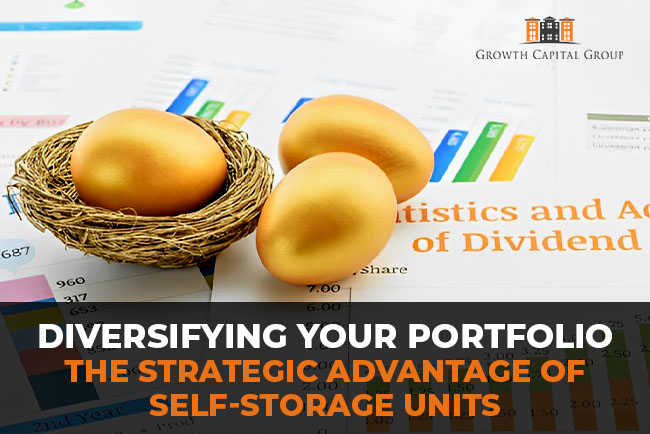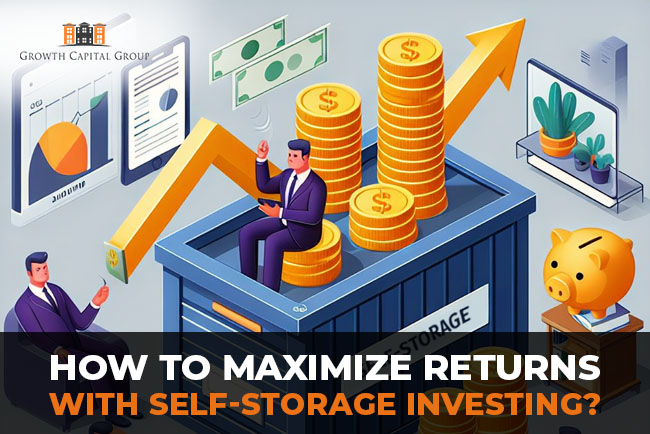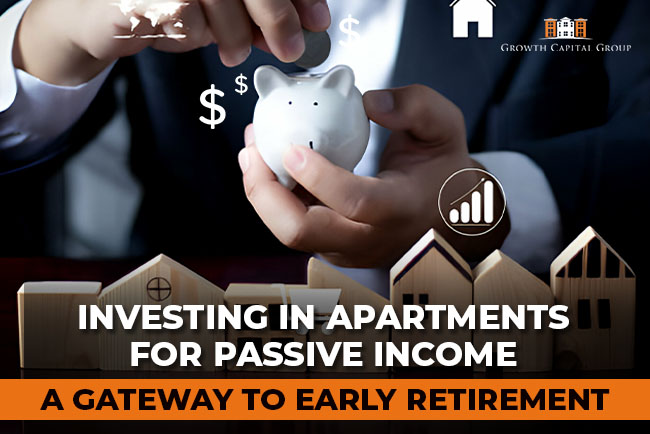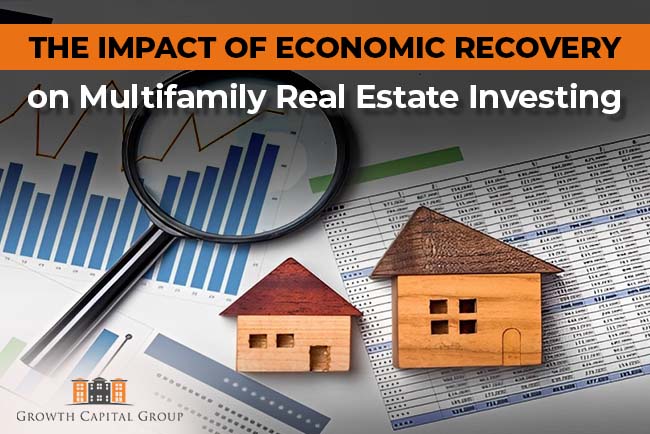In real estate Investing, multifamily and commercial residences have long been the stars, attracting the bulk of interest from buyers looking for higher returns. However, the extensive spectrum of real estate opportunities lies a lesser-recognized yet increasing number of compelling investment options: self-storage investing. It is rising as a hidden gem, providing precise advantages and robust profitability that may complement and diversify any real estate investment portfolio. Let’s delve into the self-storage sector, make an investment, and uncover why it might be the most effective real estate investment you ever need.
What is Self-Storage Investment?
Self-storage Investing entails purchasing, improving, and controlling facilities designed for people and organizations to hire storageareas on a short or lengthy foundation. Such facilities vary from easy door devices to high-cease, weather-controlled spaces catering to various storage desires. Investors can engage in this market by purchasing existing facilities, developing new residences, or investing in self-storage REITs (Real Estate Investment Trusts).
Benefits of Self-Storage Investing:
- Diversification: Adding self-storage to your investment portfolio can lessen the threat via diversification. Residential or industrial real estate, which may be heavily encouraged by monetary downturns, self-storage often exhibits resilience in the face of financial turbulence.
- Steady Cash Flow: Self-storage gadgets offer regular coin drift thanks to their month-to-month condominium income. This is especially appealing for buyers looking for constant, passive profits.
- Low Tenant Turnover Costs: Unlike residential real estate, in which tenant turnover can incur giant prices, self-storage gadgets may be easily organized for the subsequent renter, regularly requiring little more than a lock alternate.
- High Demand: The call for self-storage has been progressively growing, driven by factors that include downsizing, transferring, and the need for additional storage with the aid of small businesses. This fashion is expected to remain buoyed by the ever-growing patron culture and the shrinking length of living areas.
Why Self-Storage is The Only Real Estate Investment You Should Ever Make
Self-storage investing lies in the combination of low operational costs and excessive capacity returns. Residential houses and self-storage units do not now involve complex tenant issues, extensive protection, or common renovations. The capability to alter condominium quotes in reaction to marketplace needs allows for optimised sales management. Additionally, the scalable nature of self-storage investing will enable buyers to start small and amplify their portfolio over time, adjusting to market situations and funding goals.
Before self-storage investing, there were numerous vital factors to remember.
- Location: A self-storage facility’s fulfillment is closely based on its region. Facilities close to excessive-density residential areas or bustling business districts carry out well.
- Market Demand: Conducting thorough marketplace research to evaluate the demand and competition in the region is vital. Understanding the nearby market allows for making informed decisions about the dimensions and offerings of the facility.
- Regulations and Zoning: Familiarise yourself with local and zoning legal guidelines, as those can substantially impact the feasibility and operation of self-storage centres.
How to Invest in Self-Storage Businesses? (Popular Ways)
- Direct Investment: Purchasing a current facility or developing a brand-new one. This technique requires vast capital; however, it offers direct investment manipulation.
- REITs: Investing in self-storage REITs allows buyers to tap into self-storage profitability without managing the complexities of direct management.
- Syndications: Joining a collection of buyers to pool resources for investing in more significant tasks. This technique reduces personal risk and capital requirements.
Cons of Self-Storage Investing
While the blessings are compelling, potential drawbacks encompass the need for vast advance capital, mainly for direct investments. While simpler than different real estate lessons, managing self-storage facilities nevertheless calls for attention to advertising, preservation, and customer support. Market saturation is another danger because the growing popularity of self-storage investing ought to result in an oversupply in favourable areas.
Conclusion
Self-storage investing gives an attractive proposition for those looking to diversify their real estate portfolio or enter the market with an extraordinarily low-renovation, high-go-back alternative. Its resilience at some point of monetary downturns, combined with the growing demand for storage, underscores its ability as a hidden gem inside the real estate property investment landscape. However, like every investment, it calls for due diligence, marketplace research, and an explicit knowledge of the challenges worried. For passive real estate and multifamily real estate funding groups inside the USA, exploring the self-storage zone should free up new avenues for boom and profitability, making it worth considering within the dynamic global of real estate.










